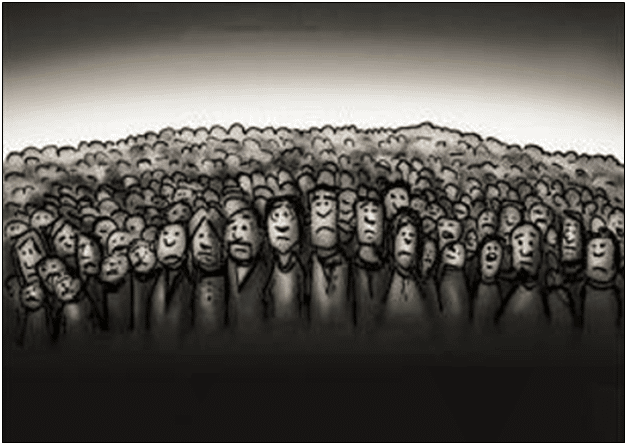
Consumer prices were unchanged at 0 percent in May after a 2 percent drop in energy prices, with annual inflation the past 12 months now down to 3.3 percent from its June 2022 peak of 9.1 percent, according to the latest data from the Bureau of Labor Statistics.
Overall, the 0 percent reading is not unexpected when taken in the context of the economy overheating. The unemployment rate has surged from its April 2023 low of 3.4 percent to 4 percent in May, its highest level since Nov. 2021. That is what usually happens when inflation slows down as consumers constrain purchases.
Another good proxy for that is consumer credit expansion, which peaked at 9.9 percent annual increase in April 2022 and now is all the way down to 1.9 percent in April 2024. During every recession in modern history, the growth of consumer credit always slows down and sometimes it even contracts, and so the current weakening is definitely worrisome from an economic standpoint.

Even the Biden administration is prepared for an economic slowdown, with the Federal Reserve projecting unemployment to continue rising to 4.1 percent, although some of their estimates have unemployment getting as high as 4.5 percent in 2024 and 4.7 percent in 2025.
As a result, the White House Office of Management and Budget (OMB) is projecting that unemployment claims will surge 75 percent this year to almost $52.5 billion in 2024, up from $29.9 billion in 2023. That is because in its economic assumptions, OMB had unemployment rising from 3.6 in 2023 to 4 percent in 2024.
So, if unemployment is rising, while consumer credit is slowing down significantly—both worrisome economic signals—then naturally prices will tend to come down.
Food at home was unchanged at 0 percent, while food away from home still came in at a hot 0.4 percent.
Meanwhile, gasoline was down 3.6 percent and fuel oil was down 0.4 percent.
Electricity was unchanged at 0 percent and piped gas service was down 0.8 percent.
With food and energy excluded, prices did increase at 0.2 percent in May, with new vehicles down 0.5 percent, offset by used vehicles increasing by 0.6 percent.
Apparel was down 0.3 percent and medical care commodities were up 1.3 percent.
Shelter was up 0.4 percent, transportation services were down 0.5 percent and medical care services were up 0.3 percent.
On Aug. 9, 2023, President Joe Biden had promised that inflation could be reduced without increasing unemployment, stating, “unemployment is down and so is inflation. Remember all the experts, including some that worked for me, told us that to get inflation under control we needed to lower wages and reduce the number of people working. No, I’m — that — that’s been sort of gospel… Not a joke. Seriously. Some of you here in the audience are economists. You know that.”
Biden added, “But I never bought it — the problem was too many people are working or working people are working — making too much money. That’s not the problem.”
But now we know that was false, with unemployment already up to 6.6 million from its April 2023 low of 5.7 million, an increase of more than 900,000, as the unemployment rate rose from 3.6 percent to 4 percent so far. That includes an increase of 157,000 more unemployed in the past month. At this point, Biden’s best hope might be that whatever further increases in unemployment there might be on the horizon don’t occur until after the election. Stay tuned.
Robert Romano is the Vice President of Public Policy at Americans for Limited Government Foundation.






